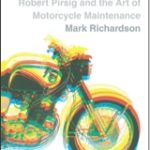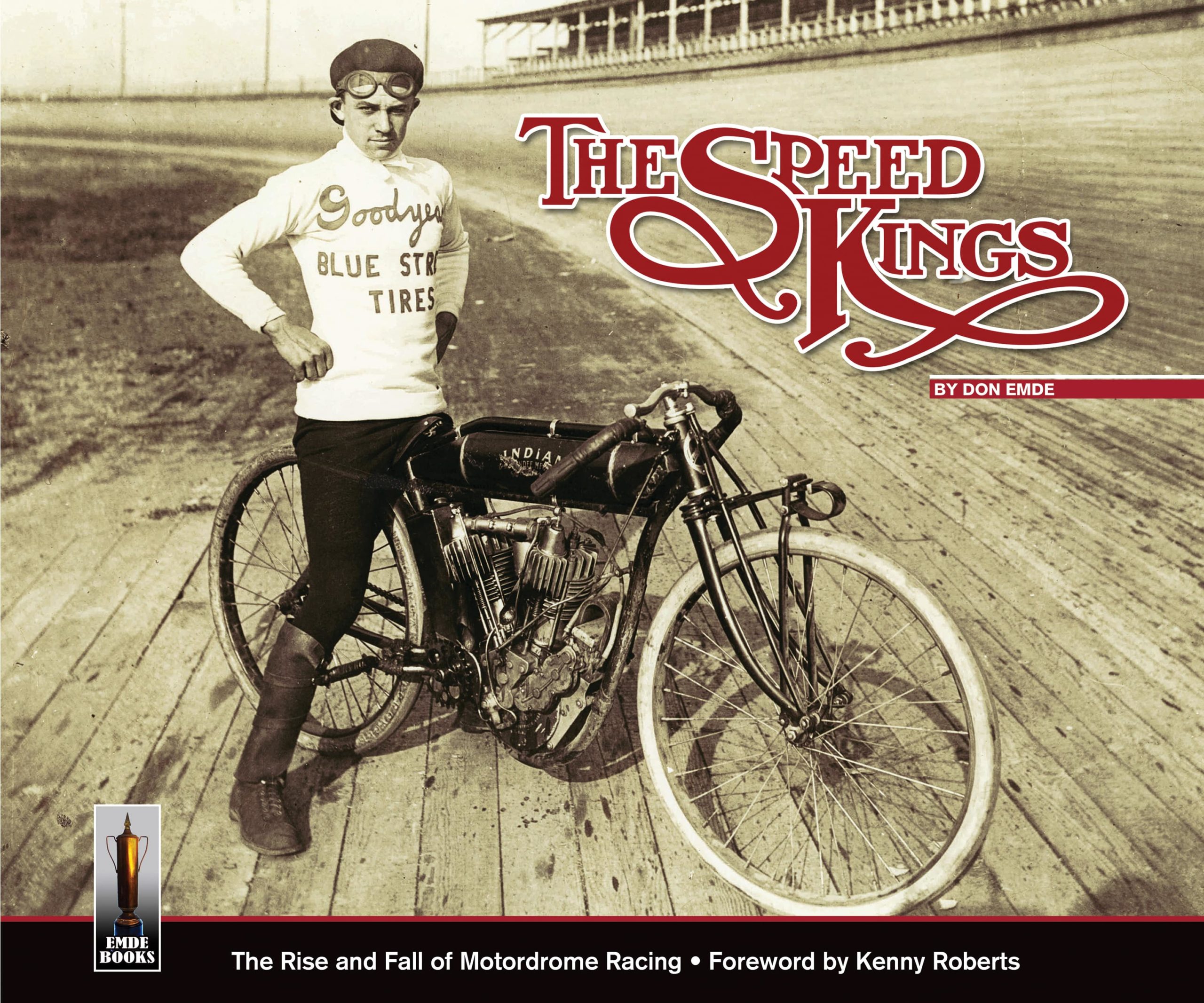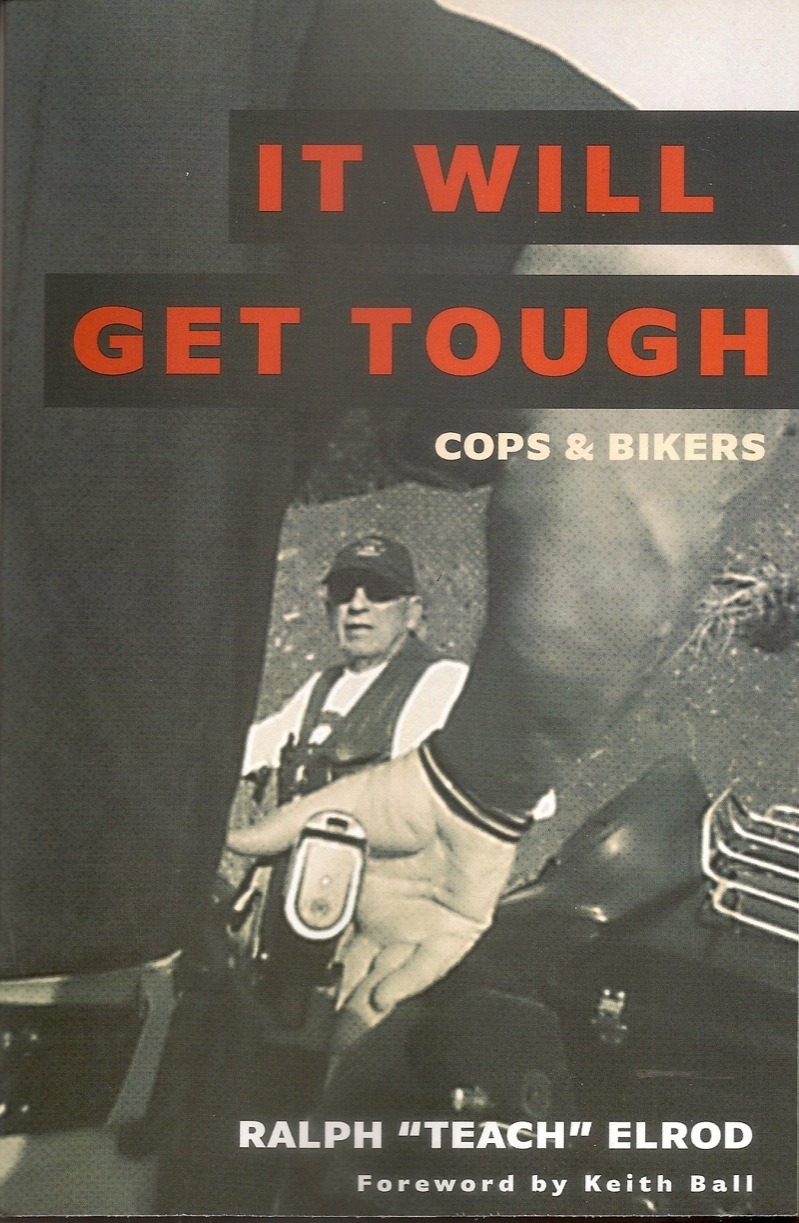Pilgrim’s progress
by Mark Richardson
Knopf Canada Publishers, $25 (hardcover), 288 pages
Available in hardcover, paperback or Kindle from Amazon.com or most online booksellers
One of the most celebrated books in the motorcycle canon is Robert Pirsig’s Zen and the Art of Motorcycle Maintenance. Published in 1974, Zen and the Art has never gone out of print. It’s sold five million copies; 50,000 copies in the first three months after publication. Its title alone attracts the curious among us, even though it’s well known that the book has little to do with Zen and even less to do with motorcycle maintenance. It is so dense in spots that it can take years to read all the way through.
Still, millions of readers have fallen under the spell of Pirsig, who set out from Minneapolis one day in July 1968 with his son and a couple of friends on a 12-day ride to San Francisco. Pirsig rode a 28 hp, 305cc Honda Superhawk CB77. His two friends rode a BMW R60/2. Along the way, Pirsig discovered what we all want to learn about ourselves—that our lives are complicated, that life itself is tangled, and that we have to go a long way to make ourselves uncomplicated and untangled—essentially, the secret of life as we know it.
Pirsig’s route has become a favorite ride of pilgrims. It hasn’t attained the status of more famous roads, but each year in July, enthusiasts set out on a road to discovery. Mark Richardson, the author of Zen and Now, is a Toronto journalist who became a Pirsig pilgrim. Richardson armed himself with a 1985 Suzuki DR600 and a GPS to find the landmarks encountered by Pirsig throughout his ride. During his travels, Richardson, alone with his insecurities, discovered his version of enlightenment.
Americans are pilgrims. We love pilgrimages; we love to go where others have gone, as Richardson did. One of the most famous pilgrimages is Route 66. I’m lucky enough to have done that; or at least what’s left of the Mother Road. It’s said that 80 percent is still rideable, but it’s not for the faint of heart. The highway is not regularly repaired, and in spots it’s not safe. It’s not far from my lifespan to imagine recent ancestors packing all their belongings and setting out for California. I still have living relatives who went through the Depression (the real one, in the 1930s).
I’ve also been fortunate to do another pilgrimage—the Lewis and Clark Trail. Starting in St. Louis and following the Missouri River up through the Dakotas and into the still-rugged counties of Montana and Idaho, a rider can gain insights into the hardships encountered by the explorers. The landscape, though tamed, is still raw in many places. A tour guide told me that I could appreciate the rigors of Lewis and Clark only if I started from St. Louis and pushed rather than rode the Harley to Oregon. Gulp.
These roads are neither the shortest distances nor the fastest routes between two points. Often, you have to go out of your way to find the roads. But you might become a better person for taking the rough roads, and your life will certainly be more interesting.
Motorcyclists will relate to Richardson. He describes attributes of riding that we are all familiar with. When Richardson has a mechanical breakdown miles from nowhere, we recognize his loneliness and frustration. He worries about not being able to find a room because he is riding a motorcycle. At one stop, he is surprised when the innkeeper says, “We like bikers most of all. The ones on the Harleys, anyway. Good, honest people—the worst they’ll do is make too much noise, but if we ask them to keep it down, they always do.”
But he also understands what we all know: “On a motorcycle in the countryside on your own, peace of mind is never far behind.” Richardson takes his lessons from those Pirsig Pilgrims who have traveled the route. He quotes one as saying, “You must take the secondary and tertiary roads. You must see the backcountry, and get away from the well-traveled routes. You need to go slow, stop and talk to everyone, no matter where you are. I learned that “not having the time” defeats the very purpose of traveling. Every mile, every stopping place has its own rewards.”
Richardson learns well, for he writes, “Zen itself teaches that there is no final mountain peak, that there isn’t even a mountain—the only thing that matters is the act of climbing, and the greater the ordeal, the better it is. It’s not the result that’s important but the immediate here and now.”
And if you get stuck, well, according to Pirsig, “Stuckness shouldn’t be avoided. It’s the psychic predecessor of all real understanding. An egoless acceptance of stuckness is a key to an understanding of all Quality, in mechanical work as in other endeavors. It’s this understanding of Quality as revealed by stuckness which so often makes self-taught mechanics so superior to institute-trained men who have learned how to handle everything except a new situation.”
Richardson’s book helps a reader comprehend Pirsig’s book. It’s not nearly as complicated as Zen and the Art, but as a companion piece its simplicity is an enjoyable read.
Oh, yes, Richardson retired his Suzuki, and he now owns a Harley-Davidson Low Rider.

















